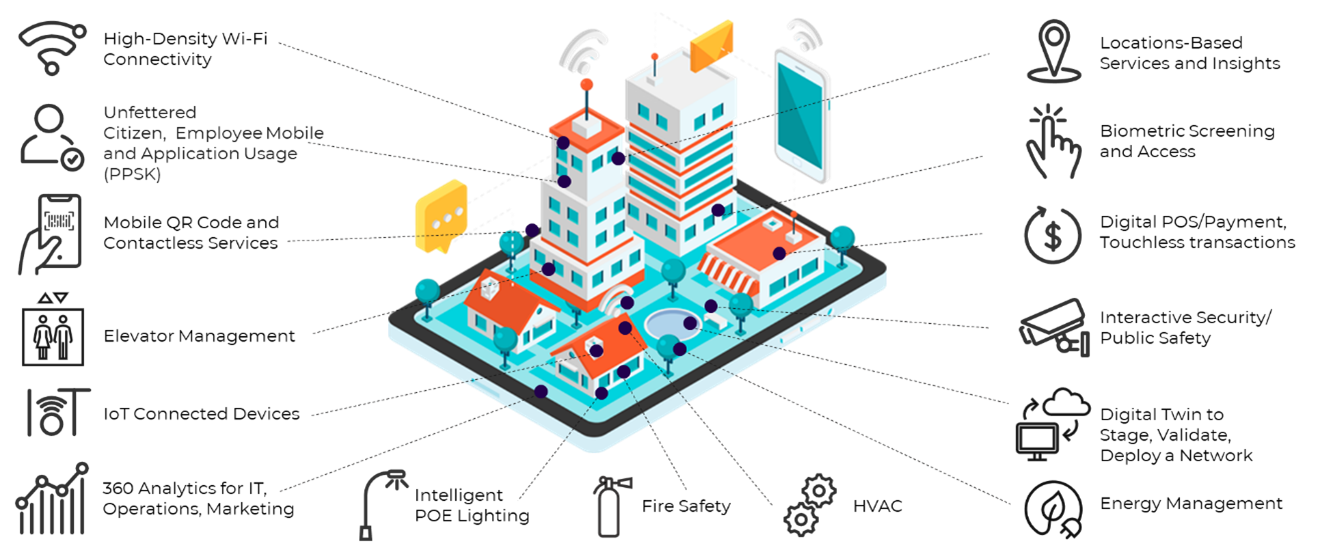By Cammy Perry
Senior Content Marketing Specialist
Published: May 1, 2023
In today's fast-paced and interconnected world, there is a growing demand for sustainable, efficient, and safe buildings. Fortunately, smart buildings offer an innovative solution to these challenges. By leveraging technologies such as the Internet of Things (IoT) and Artificial Intelligence (AI), these buildings can optimize performance and provide a seamless experience for occupants.
What is a Smart Building?
Smart buildings leverage technology to streamline operations and create a more comfortable, secure, and efficient environment for occupants. This is done by integrating various building systems, such as HVAC, lighting, security, and communication, into a single network. Modern buildings use sensors, analytics, and automation to monitor and control these systems, providing real-time data and insights that help to build managers optimize their performance. The network is the backbone of a smart building, providing the connectivity that enables different building systems to communicate with each other. The network also allows building managers to remotely monitor and control the building's systems, making identifying and resolving issues easier whether they are on premise or not. Smart technologies, such as sensors, collect data. Then using AI algorithms and analytics tools to process that data facilities teams can access insights and recommendations that help optimize building performance.

Improved Sustainability
The benefits of smart building infrastructure are numerous. One of the most significant advantages is improved energy efficiency. Smart buildings use sensors and analytics to optimize heating ventilation air conditioning (HVAC) systems, lighting, and other energy-consuming devices, reducing energy waste and lowering costs.
Improved Security
Smart buildings also increase safety and security by using IoT devices to monitor and control access, detect intruders, and respond to emergencies quickly. For instance, smart cameras and sensors can detect and alert building managers of potential threats or hazards, enabling them to take preventive action.
Reduced Costs
Smart building infrastructure can save costs by reducing maintenance and repair expenses. Smart sensors and predictive maintenance analytics can identify potential equipment failures before they occur, enabling building managers to fix issues proactively. Additionally, smart buildings can use automation to optimize resource allocation, such as turning off lights and HVAC systems when rooms are empty, reducing energy costs.
It All Starts with the Network
All of these different sensors, IoT devices, and other technologies enabling the smart building all need to be connected to a resilient network that is simple-to-manage and provides seamless connectivity to building occupants and technologies.
 Learn More
Learn More
 Learn More
Learn More